– L'éternité par les astres
L'éternité par les astres
[Eternity by the Stars]
film and mixed media installation, 2011
During the Commune, Blanqui was held prisoner in the fortress of Taureau. There he wrote L’Eternite par les astres. […] The naive reflections of an autodidact, which form the principal portion of this work, open the way to merciless speculations that give the lie to the author’s revolutionary elan. […]
The impression left by the book is depressing rather than triumphal. Blanqui’s aim is to sketch an image of progress. It turns out to be a magical image of history itself. The most important passage is as follows:
"The whole universe consists of astral systems. To create them, nature has only one hundred elements at its disposal. […] The universe repeats itself endlessly, marking time on the spot. Unwaveringly, eternity performs the same play over and over again, in infinity."
This renunciation without hope is the last word of the great revolutionary.
– Walter Benjamin, from “The Arcades Project”
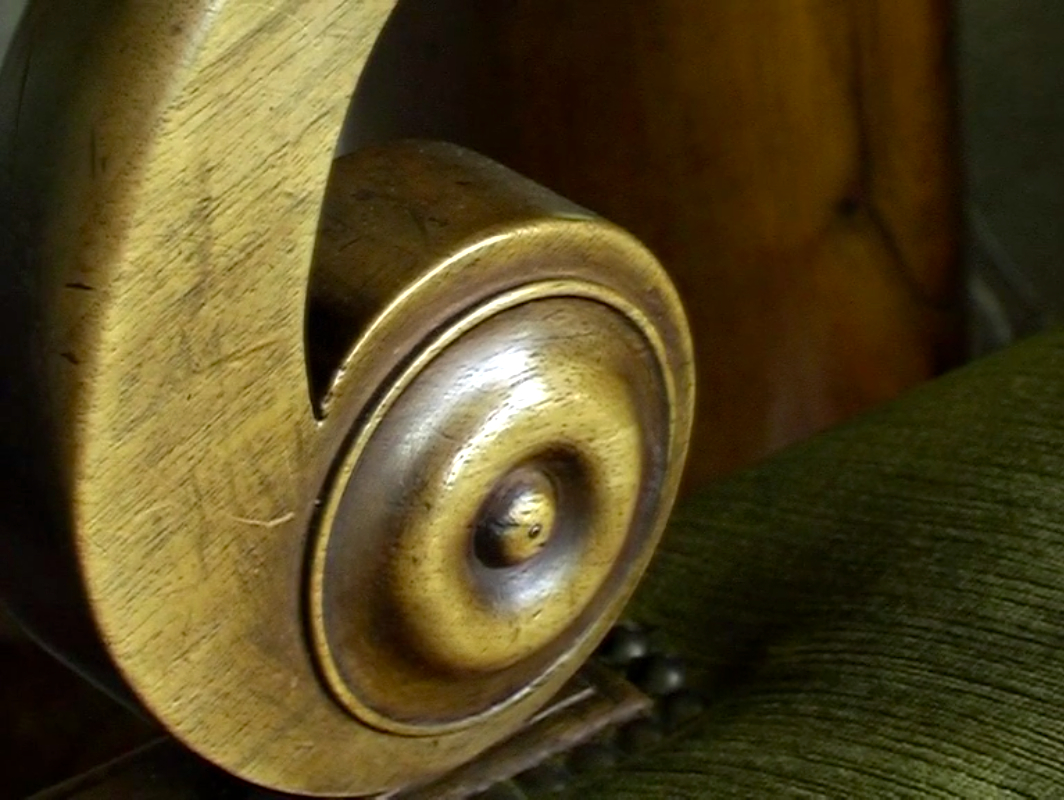
French political activist Louise Auguste Blanqui (1805–1881) was active in all three major upheavals in nineteenth-century France—the revolutions of 1830 and 1848 and the Paris Commune of 1871—and was imprisoned following each series of events. Blanqui's radicalism, and his determination to enforce it by violence, brought him into conflict with every French government during his lifetime, and as a consequence, he spent half of his life in prison.
L’éternité par les astres ("Eternity by the Stars", 1872), Blanqui's last published book, was written in prison, and it constitutes an unusual break from the author's constant socio-political focus. It is an astronomy treatise, constructed as a hypothesis on the shape and the functioning of the universe.
* * *
Two French former Second World War partisans were asked to choose a sentence from Blanqui’s L’éternité par les astres and write them on a sheet of paper.
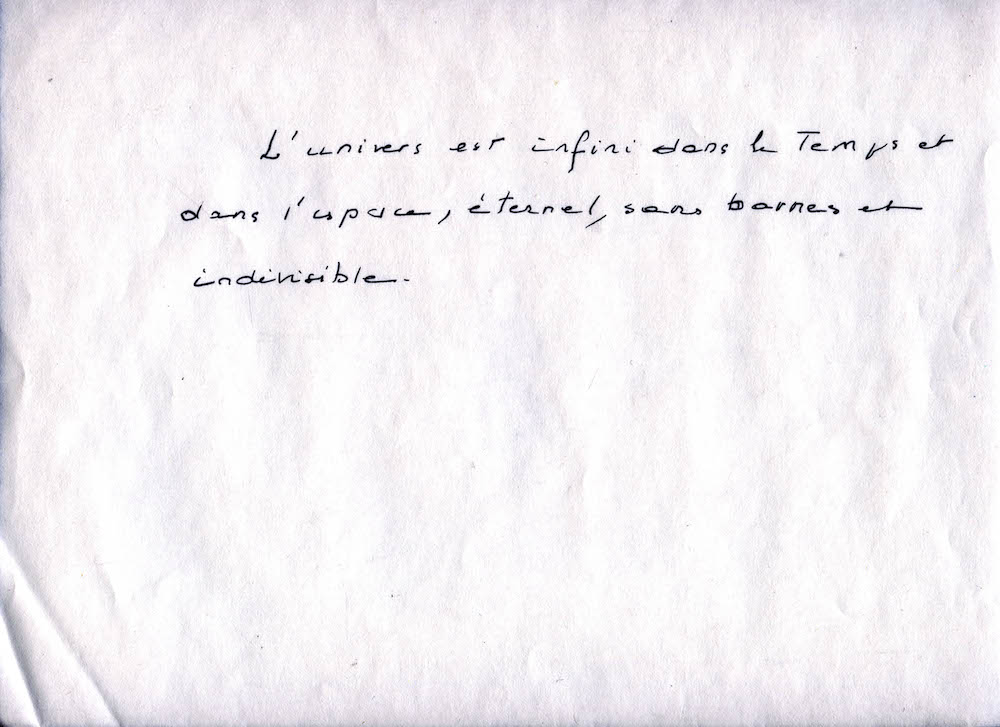
The two former partisans were then asked to read excerpts from L’éternité par les astres aloud, while being recorded in their houses in Lyon.
The film is composed as a visual exploration of their domestic spaces, attempting to evoke a pictorial counterpart to the cosmological descriptions in the text.
The soundtrack comprises background sounds recorded in the building previously used as the Gestapo headquarters in Lyon. Today, the building hosts the Centre d’Histoire de la Résistance et de la Déportation (“Resistance and Deportation History Centre”).
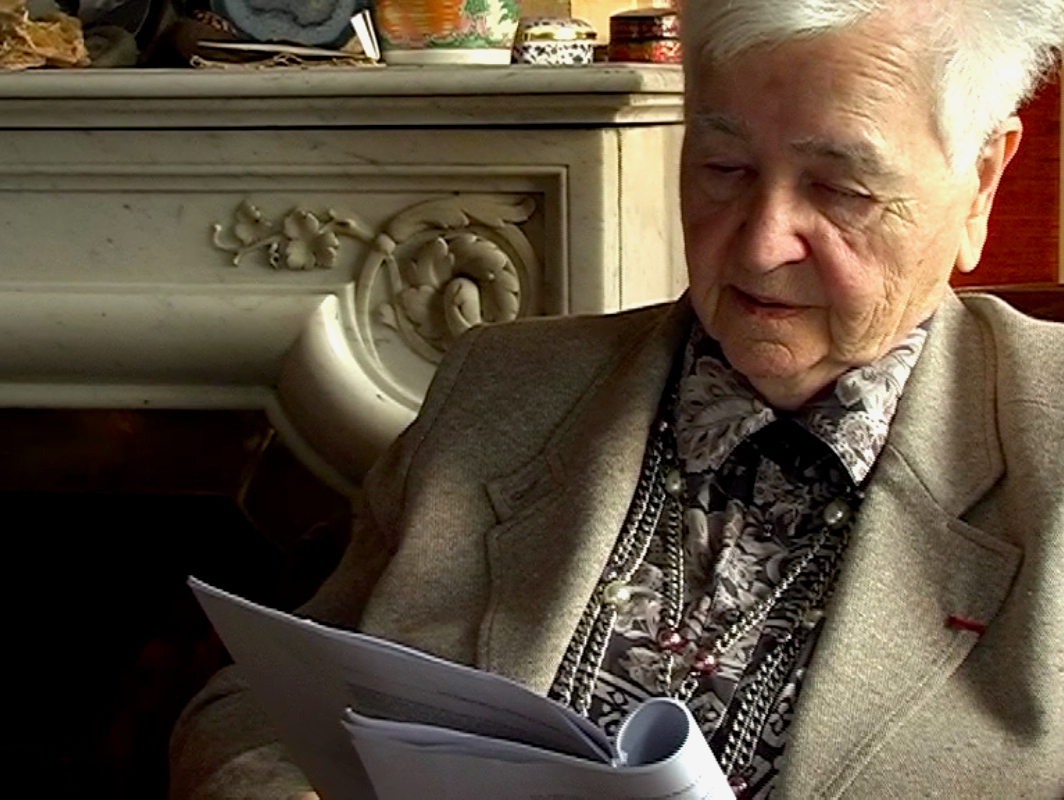
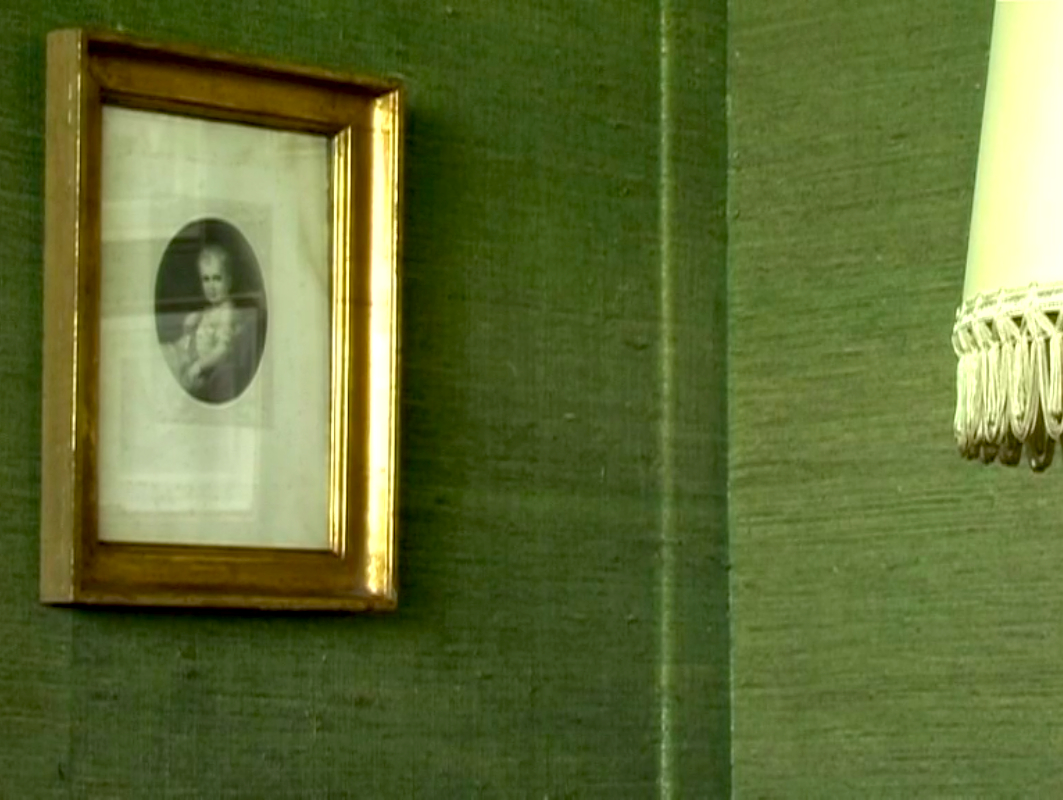
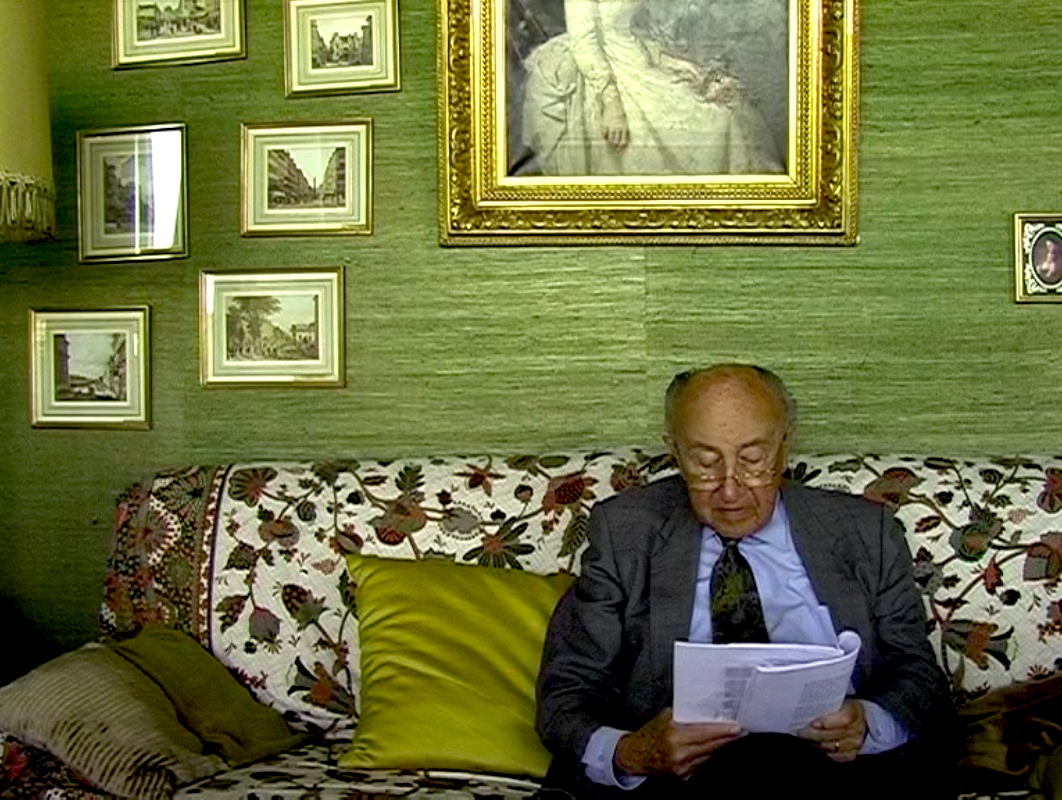
First presented in September 2011 at the Centre d’Histoire de la Résistance et de la Déportation in Lyon, as part of the Résonance program during the Lyon Biennial 2011.